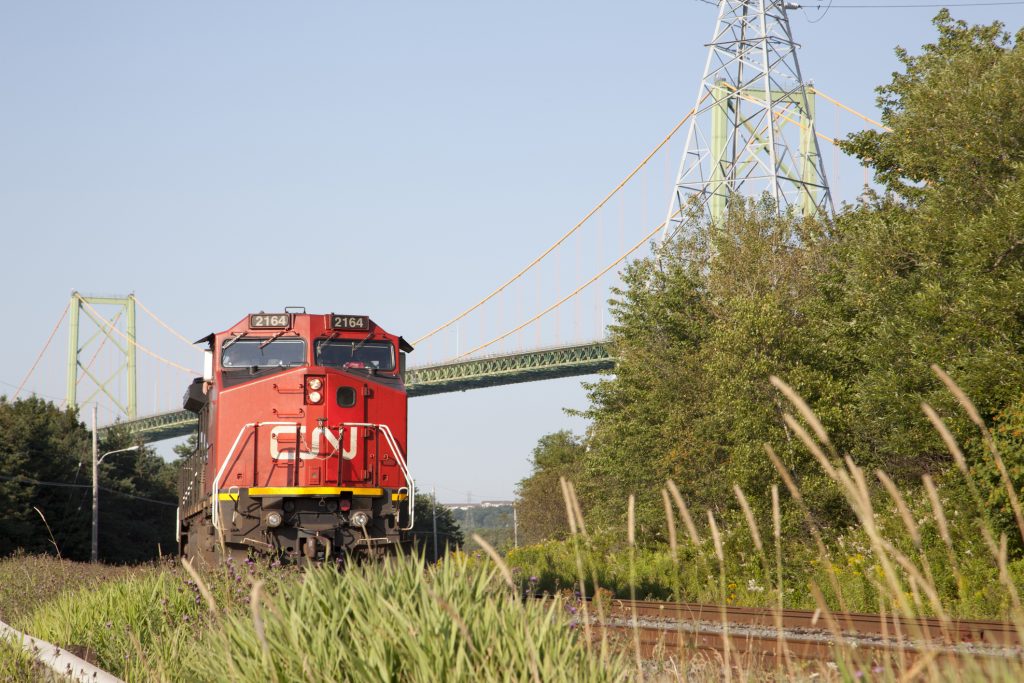
Commerce Express Weekly Road Map: August 9th, 2022
Keeping you informed on the latest news/insights in our industry.
Commerce Express Blog

Truck drivers can go miles on end without stopping for a break. Access to even basic amenities, like restrooms, can be a challenge that truckers must plan ahead for.
For long-haul loads, our country’s interstates may as well be deserts given the vast stretches of emptiness. However, occasionally the promising sight of a truck stop appears. An oasis for truck drivers.

Trucking Update
- July Class 8 orders are down at their lowest level since November, with reports showing preliminary July orders at 10,600 units. Additionally, for the past 12 months, Class 8 orders totaled to 244,000 – FleetOwner says. Experts say the slowdown has to do with supply chain disruptions that have limited OEM (original equipment manufacturers) outputs in 2022 and the up and downs of the cost of materials and components, which have spurred delays in confirming orders for shipments next year, FleetOwner reports.
- The national average price of diesel has dropped to less than $5 a gallon ($4.993 – data from Energy Information Administration), which is the first time it’s been this low since March. The price of diesel has continued to drop for the past seven straight weeks, totaling 81.7 cents, Transport Topics states. However, prices are still $1.629 more than they were last year at this time.
- Oregon is asking for input on a congestion pricing plan that would impose higher rates for tolls on all lanes of Portland’s two interstates (I-5 and I-205), which would be higher rates than passenger vehicles, but similar to other toll systems that occur systemwide – Transport Topics reports. This is an effort to reduce congestion as well as pay for transportation projects.
- Finding parts that are not usually carried in inventory locally can be a challenge for the commercial vehicle industry and can be a time-consuming task at that. According to FleetOwner, about 20% of all the parts on commercial vehicles fit into that category. Now using large amounts of downtime for maintenance and repairs, often has its financial implications, which can impact their company or their customers. However, sourcing out for parts can also add time for management and parts departments, as they will usually have to spend good chunks of time trying to find less frequently used parts – especially if they are unconventional. Which is why many in the industry suggest using a large number of suppliers, as they can assist and help with every customer.
Fun Fact:
U.S. Customs and Border Protection (CBP) is looking at completely digitizing and automating export-related filings prior to outbound departure from the U.S.
Since 2018, CBP has been overseeing an electronic export manifest (EEM) pilot program for exports via ocean, air and rail carriers.
CBP’s goal for this is to save time by getting the information in as early as possible. Additionally, it would help the CBP identify any problems early on, that way the issues can be corrected and potential delays be avoided.

Rail Update
- With the Canadian Pacific-Kansas City Southern merger getting close to potentially happening, one issue that could cause the largest impact to the environment would be train noise – the Surface Transportation Board states in a draft environmental impact statement, Freightwaves says. However, the STB also mentioned in their report that besides train noise, any potential adverse impacts of the proposed merger would be negligible, minor and/or temporary.
- Last Tuesday, House leaders introduced a measure where railroads would be prohibited from raising prices during service emergencies, which they say would address the delays and high costs that have hindered shipper operations for months, Supply Chain Dive reports. Additionally in the bill, it would allow shippers who own or lease their own railcars to assess fines on railroads when there are service delays. Furthermore, this bill would expand the STB’s power, which has been something that congressional members have been calling on the STB to do more to help address the service declines that have been occurring, which is why the creation of the bill began. We’ll continue to keep an eye on this and keep you updated.
- For the week ending on July 30th, total U.S. weekly rail traffic was at 505,409 carloads and intermodal units – which is up 0.6 percent compared to the same time last year, data from the Association of American Railroads shows. Additionally, coal, grain, and farm products (excluding grain and food), all saw increases compared to the same time last year. On the flip side, metallic ores and metals, miscellaneous carloads, and petroleum and petroleum products all saw decreases compared to the same time last year – data shows.
- Canadian railroads saw 73,313 carloads for the week (down 3 percent) and 74,204 intermodal units (up 6.2 percent) compared to the same time last year. While Mexican railroads reported 22,668 carloads for the week (up 0.7 percent) and 15,884 intermodal units (down 7.1 percent), data from the AAR shows.


Recent Comments